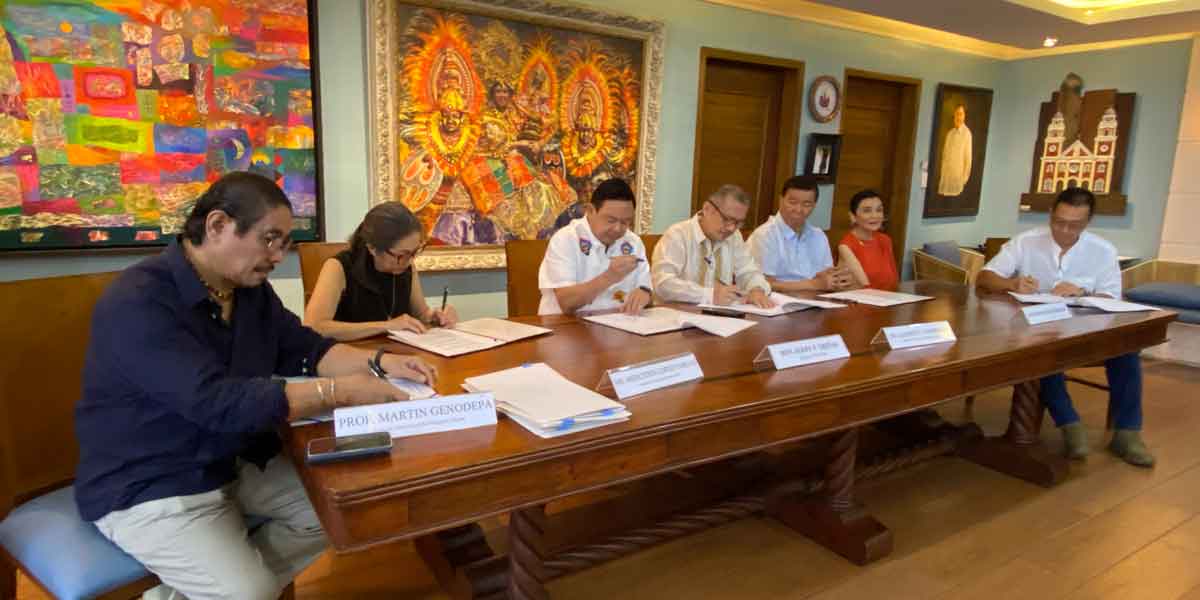
By Joseph B.A. Marzan
The outgoing director of the Department of Tourism-Region 6 (DOT-6) said on Friday that domestic tourism is key to boosting economic resurgence in the region after the injurious effects of the coronavirus disease 2019 (COVID-19) pandemic.
In an interview with Daily Guardian on Air Friday, DOT-6 Regional Director Helen Catalbas emphasized that tourism has become the main economic driver of the region in the past 4 to 5 years.
In the last two years, Catalbas said the region welcomed more than 6 million tourists who brought in over P150 billion pesos in gross tourist receipts.
Around 80 to 85 percent of the tourists were Filipinos while foreigners accounted for 15 to 20 percent of the arrivals.
Catalbas said the DOT holds on to the belief that Filipinos will be “back on their feet” to go around the country and result in economic resurgence after the pandemic.
“Before the pandemic, Filipinos are well-enough to have the capacity to go around the Philippines. We’re holding on to that in the government’s recovery program, that domestic tourism is our strength, whether or not there is a pandemic,” said Catalbas.
Discussing her retirement, she named the COVID-19 pandemic as one of the greatest challenges of her career as the region’s tourism chief.
Catalbas officially retired on her 66th birthday on April 16, 2021 after 44 years in the DOT where she rose through the ranks – starting as a tourist guide until she was appointed as regional director for more than 8 years.
She was set to retire in April 2020, but her term was extended twice by President Rodrigo Duterte upon recommendation of DOT Secretary Bernadette Romulo-Puyat.
Catalbas oversaw the tourism boom in the region’s six provinces and two highly urbanized cities, as well as course-changing events including the Boracay Island shutdown in 2018 and the COVID-19 surge in 2020.
In May 2020, she cited a P31-billion loss in tourism revenue in the region due to lockdowns borne by the pandemic, which also forced tourism establishments to close.
According to Catalbas, during the course of the COVID-19 pandemic, the DOT-6 marshalled more than 7,000 domestic and foreign tourists to their places of origin.
DOT-6 also handled the return of stranded tourists and workers to other areas of the country.
Catalbas specifically cited coming head-to-head with politicians in the early stages as a “notable” underlying challenge posed by the pandemic.
“One of the challenges is the presence of powerful politicians in Western Visayas. There’s no other like this bunch who will challenge your grief, your tenacity, your strength of character. If they can rattle you, they will, even making you do things you can’t where you have no choice but to say yes without questions. We’ve surpassed that, and we didn’t ignore that. We performed our mandate according to what is prescribed in the law,” Catalbas said.
She also named the Boracay closure as one of the most challenging factors in her tenure as regional director, citing personal and professional threats.
Talks on closing the island were raised by Duterte in February 2018, due to the worsening sewage conditions on the island as well as exceeding its carrying capacity by almost 30 percent.
Days after his comments, the President announced the closure of the island for rehabilitation and redevelopment starting on April 26, 2018 for a period of six months until October 26 of that year.
Catalbas described the decision to close the island as “difficult” but added that the economic factors “came only second” to the environmental factors surrounding the island.
She also added that she had been “tried, tested, but never tainted” by controversies surrounding the closure.
“It was a challenge that involved safety of life and limb. Multinationals, very powerful people, some of them threatened me, my personal safety and the security of my job. The island is better now than [before the closure], so I’m leaving Boracay with my head held up high,” said Catalbas.
Starting today, April 17, the DOT-6 will be spearheaded by its Officer-In-Charge (OIC), Christine Mansinares, the former provincial tourism officer of Negros Occidental.




















